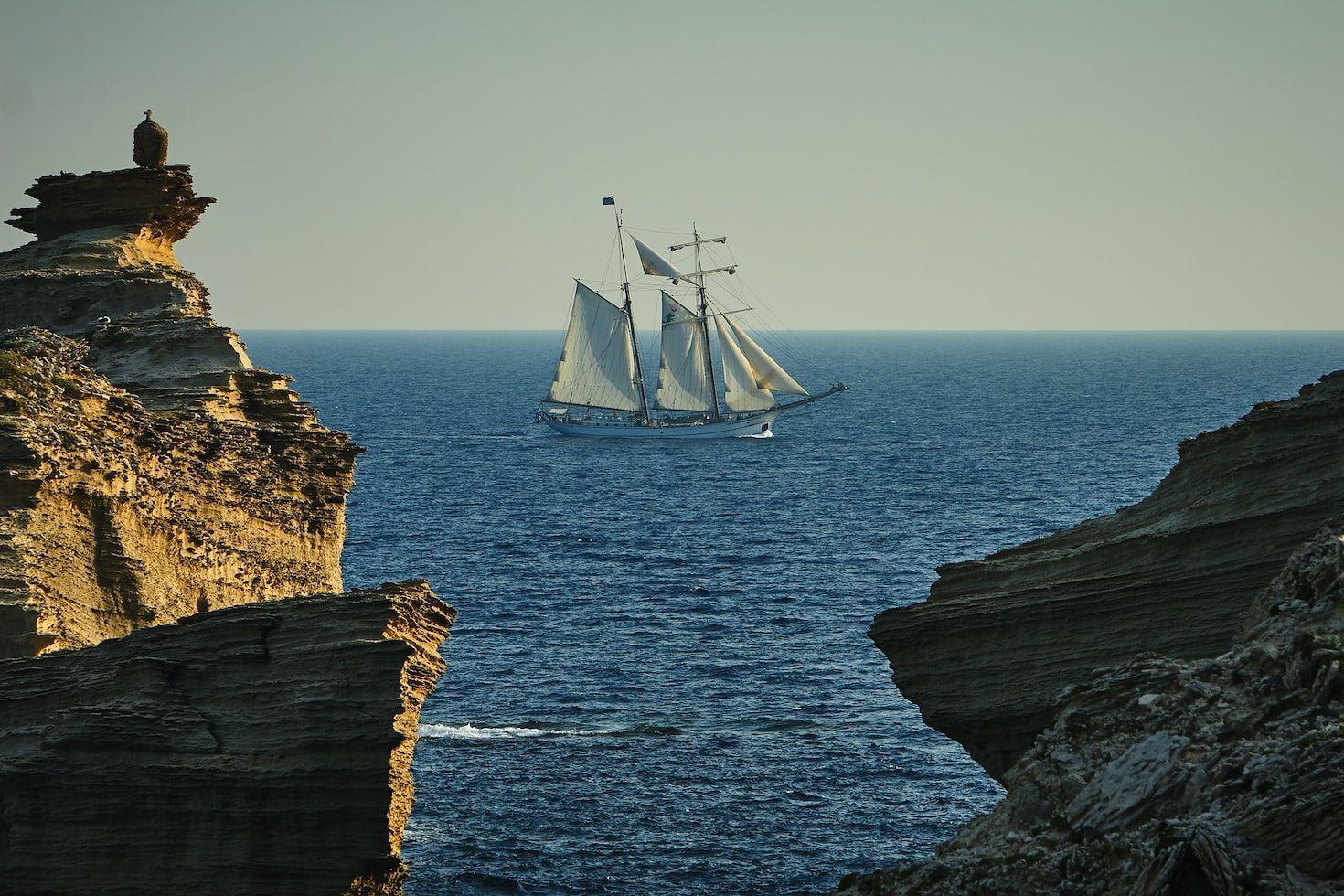BRINY TALES
Where in the oceans is there a floating forest? Discover 10 sea facts
Published on April 8, 2024
 Credit: Jakob Owens
Credit: Jakob Owens
Although Earth’s oceans cover over 70% of the planet's surface, they still remain largely unexplored. Shocking natural phenomena and alien-looking creatures populate their waters, baffling both scientists and explorers.
Dive with us to explore the depths of our seas as we uncover 10 intriguing facts that will leave you in awe of the wonders hidden beneath the waves.
A Floating Forest
 Credit: The Tampa Bay Estuary Program
Credit: The Tampa Bay Estuary Program
Unlike most conventional seas, the Sargasso Sea in the North Atlantic Ocean is distinct for its lack of coastline boundaries. Instead, it's defined by its relatively calm waters and a characteristic floating mass of seaweed called Sargassum, which provides vital habitat for various marine species. A true "floating forest", it has fascinated as much as worried early sailors and adventurers due to the lack of winds and seaweed so dense it could hide shallow waters, or even entangle a ship.
The Saltiest Waters
 Credit: Dave Herring
Credit: Dave Herring
Situated between Israel and Jordan, the Dead Sea is renowned for its extreme salinity, reaching levels nearly ten times higher than regular seawater. This high salt concentration renders it inhospitable for most aquatic life, hence its name, but it also allows swimmers to float effortlessly. Some even claim its waters and the unique climate of the region might have several health benefits, particularly for people experiencing respiratory issues.
Every Breath You Take
 Credit: Cristian Palmer
Credit: Cristian Palmer
Oceans play a vital role in producing oxygen for our planet. Through photosynthesis, marine plants, particularly phytoplankton, generate a significant portion of Earth's oxygen supply. In fact, roughly 50% of the oxygen we breathe daily comes from the oceans, way, way more than all of the planet’s tropical rainforests combined! Which, by the way, according to recent estimates rounds up around a meager 6%.
Sunken Treasures
 Credit: NOAA
Credit: NOAA
Beneath the waves lie countless shipwrecks, submerged cities, and archaeological artifacts waiting to be discovered. In fact, according to researchers, there’s an estimated three million shipwrecks lying in the bottom of the ocean! Also, since the invention of scuba diving, hundreds of submerged settlements and buildings from times past have been discovered underwater in various locations on the planet. Atlantis might be more myth than history but, as always, there’s an inch of truth to the tale.
A Living Wonder
 Credit: Manny Moreno
Credit: Manny Moreno
Stretching over 1,400 miles along the coast of Australia, the Great Barrier Reef is the largest living structure on Earth. Composed of billions of tiny organisms known as coral polyps, it constitutes an extraordinary reservoir of marine biodiversity, and it is so large that it is even visible from space! However, the future of the Great Barrier Reef hangs in the balance as warming ocean temperatures pose a grave threat to its survival.
The Planet's Circulatory System
 Credit: NASA
Credit: NASA
Ocean currents play a crucial role in regulating Earth's climate by redistributing heat around the globe. From the warm Gulf Stream to the cold Labrador Current, these currents influence weather patterns, marine life distribution, and even the functioning of the planet's ecosystems. Monitoring their patterns is akin to listening to the planet’s heartbeat, and understanding the complex dynamics behind the currents is essential today for predicting climate change and its impacts.
A Plastic Island
 Credit: Naja Bertolt Jensen
Credit: Naja Bertolt Jensen
Located in the North Pacific Ocean, the Great Pacific Garbage Patch is a vast expanse of marine debris, primarily consisting of plastic waste, bounded in place by large swirling currents in the middle of the ocean. The spiraling trash patch already spans an area twice the size of Texas, and over time the tons of plastic debris break down into tinier and tinier pieces, polluting marine life - and ultimately the entire planet - with dangerous microplastics.
Nature’s Wrath
 Credit: Matt Paul Catalano
Credit: Matt Paul Catalano
Tsunamis, often triggered by underwater earthquakes or volcanic eruptions, are colossal waves capable of wreaking havoc along coastlines. These powerful phenomena can travel across entire ocean basins at speeds exceeding 500 miles per hour. However, despite being often depicted as giant breaking waves, tsunami waves are actually more similar to a rapidly rising tide, taking shores by surprise and making them even more deadly.
Let’s Go Deeper
 Credit: Michal Mrozek
Credit: Michal Mrozek
At a staggering depth of about 36,000 feet, Challenger Deep in the Mariana Trench holds the title for the deepest point in Earth's oceans. This abyss plunges deeper than Mount Everest is tall! Its mysterious depths have been explored with the help of deep-diving submersibles, remotely operated vehicles, and sonar bathymetry, but its true extent remains largely uncharted. As of 2022, only 27 people have descended to Challenger Deep - including film director and explorer James Cameron.
Oasis of Life
 Credit: NOAA
Credit: NOAA
In the depths of the ocean floor, hydrothermal vents spew forth superheated water laden with minerals and gasses. Despite the extreme conditions, these vents support thriving ecosystems teeming with unique and often bizarre forms of life. Creatures like tube worms, giant clams, and blind shrimp have adapted to survive in this harsh, otherworldly landscape. In fact, some scientists speculate that all life might have originated in these extreme habitats - and that if we are ever to discover life on other planets, exploring similar environments could greatly enhance our chances of success.










